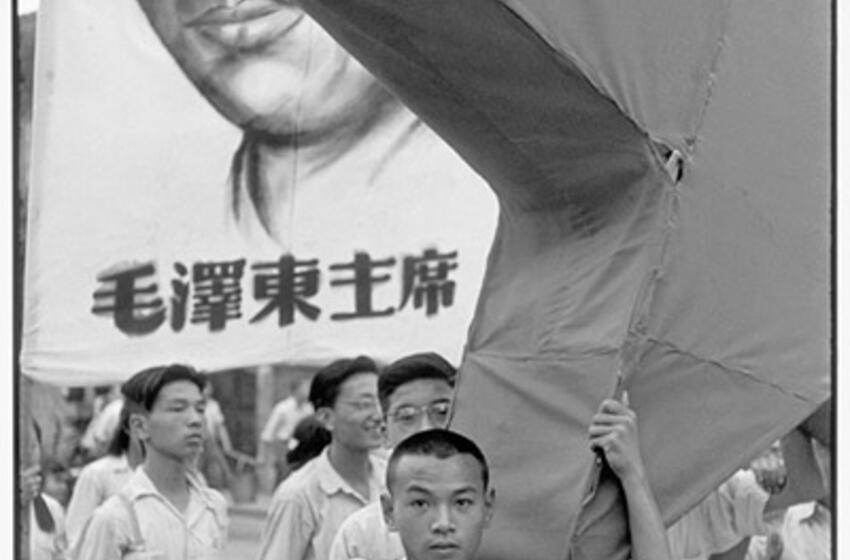2022 opens with three major exhibitions organized by 24 ORE Cultura at Mudec in Milan: the first will be inaugurated on 18 February and is dedicated to Henri Cartier-Bresson. "China 1948-49/1958" will showcase 114 original prints dating back to 1948-1949 and 1958, as well as documents and publications from the Fondation HCB collection. An unprecedented account of two landmark moments in China's history: the fall of Kuomintang, the establishment of the communist regime (1948-1949), and Mao Zedong's "Great Leap Forward" (1958). Dubbed the "Eye of the century” and considered the pioneer of photojournalism, Cartier-Bresson is one of the leading cultural personalities of the 19th century; his pictures capture important themes of change such as the exploitation of human resources, labour and management of militia.
For decades, the artist’s shots framed, with stunning elegance and accuracy, the history of the world, spanning from France to China and from India to the United States.
A signature style capable of capturing the immediacy and truthfulness of the moment he called the “Decisive moment". In this perspective, the use of black and white in his photography allows him to emphasize the form and substance of reality. Each of his shots captures the instance of things and life. The exhibition closes on 3 July 2022.
From 16 March to 31 July instead, Marc Chagall takes centre stage: the collection from the Israel Museum of Jerusalem will travel to Milan and includes over one hundred pieces of his repertoire, with special attention to his graphic works, to delve upon the main themes of life and production of the artist. The exhibition is curated by the Israel Museum of Jerusalem and explores Marc Chagall’s work from a new viewpoint, contextualizing it in his cultural background, as shown by the extraordinary collection of paintings, drawings and prints of the artist kept at the Museum.
These works, mostly donated by Chagall's family and friends, include pieces that date back to his early youth in a Jewish town in Eastern Europe, which proved crucial in the artist's later evolution. The exhibition relates these works to the cultural world they originated in: the language, religious customs and social conventions of the Jewish community, as well as the colours and shapes that Chagall absorbed as a child. The exhibition will also feature a selection of Jewish ritual items, used in religious ceremonies of the communities and which are often represented in Chagall's works.
For contemporary photography aficionados instead, from 22 April to 11 September, Mudec will host the exhibition "I believe in miracles" by David LaChapelle: more than 50 pieces - medium to large size, including new productions, site-specific installations and an impressive selection of the artist's most iconic shots from the Eighties up to the present day - which guide visitors through images that unveil a possible path towards a new world; the exhibition offers a renewed look at the photographic mastery of one of the most influential contemporary authors. The curatorial concept stems from the idea that a better world, built upon unspoiled nature, a renewed sense of spirituality, and love and beauty for the existing is indeed not a miracle. Our planet is in pain and the only chance we still have is to become advocates of change; thus, believing in a miracle does not mean deputing the decisions that ultimately have to be made by us all to someone else.
IMAGE CREDITS:
Henri Cartier-Bresson
Parade of students, with portrait of Mao Zedong and the red star.
Shanghai, 12 June 1949
